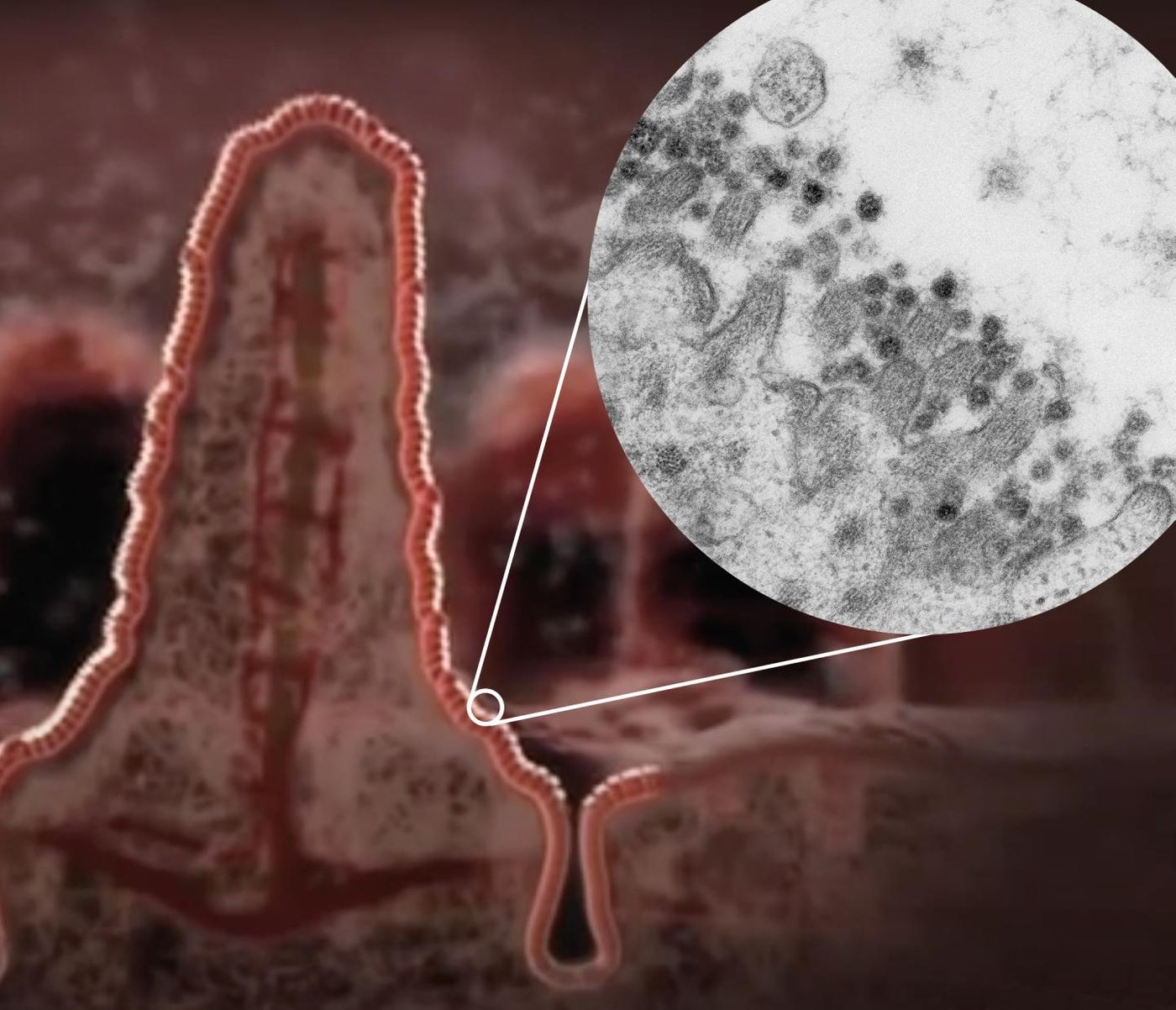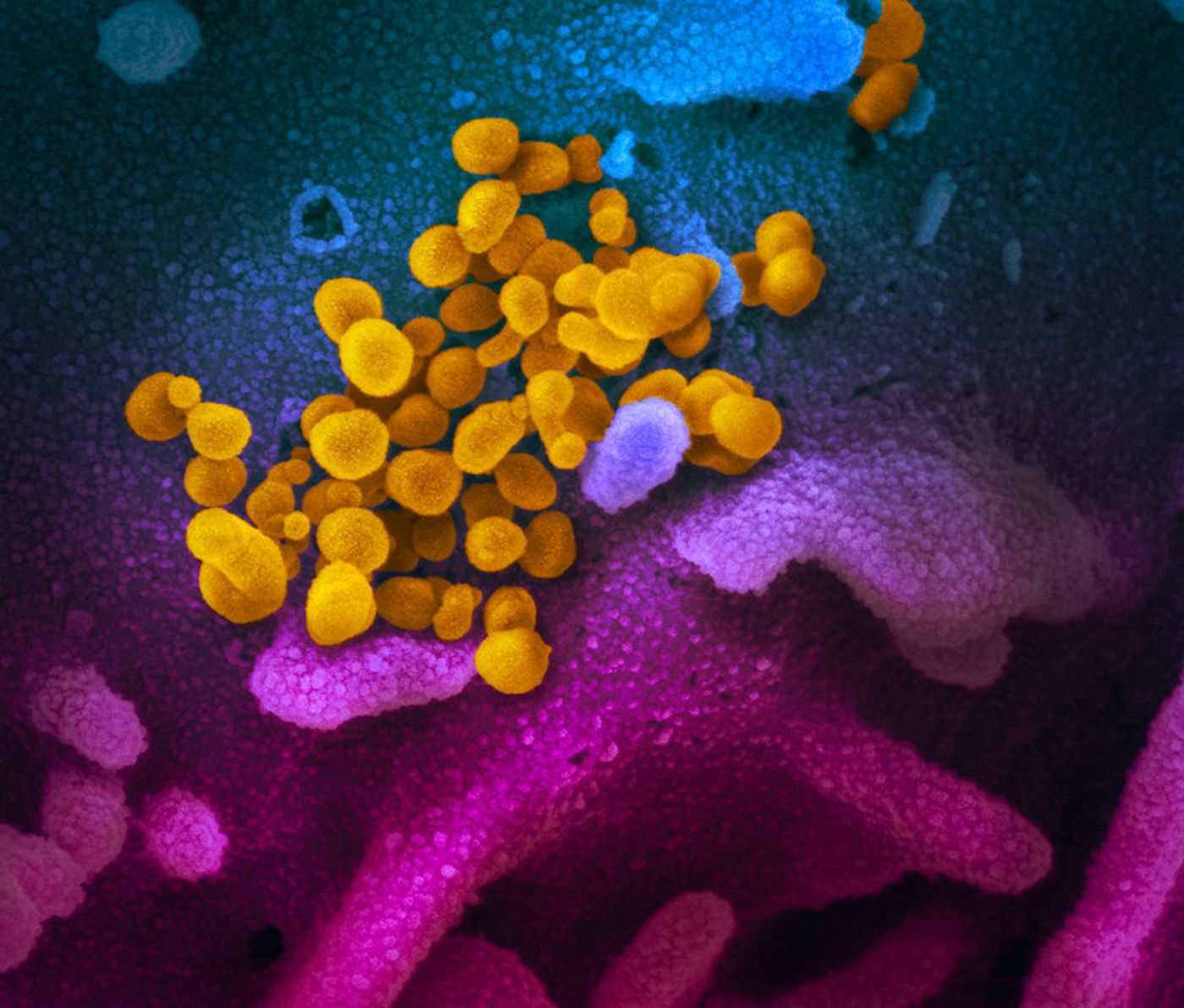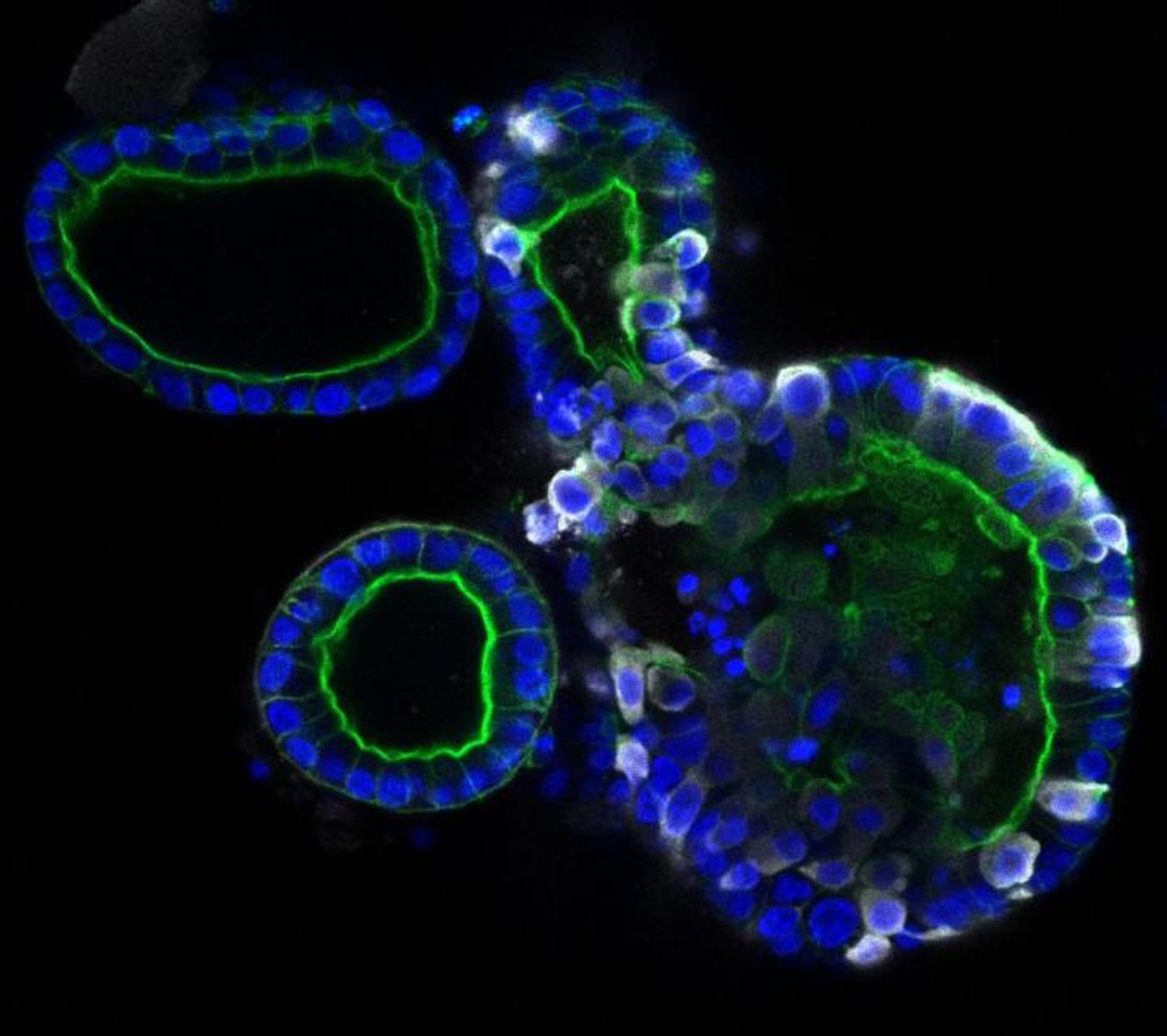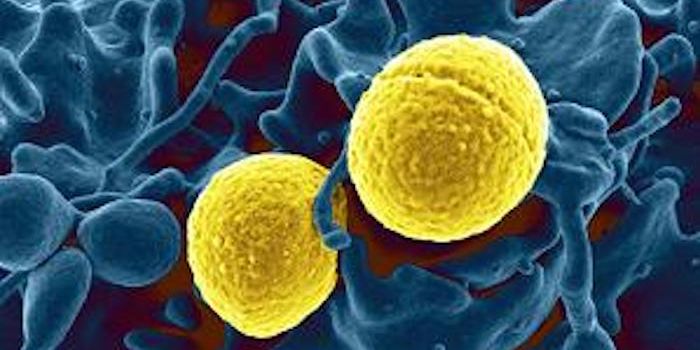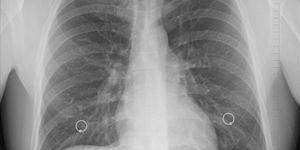Scientists are continuing to learn more about the pandemic virus SARS-CoV-2, which causes the illness COVID-19. Once thought to cause symptoms that primarily affect the respiratory system: coughing, shortness of breath, and fever, there has been evidence that the virus can infect cells and impact tissues in many more places in the body. One of those areas is the gut. As many as a third of COVID-19 patients experience gastrointestinal problems, including nausea and diarrhea. The virus can also be detected in stool samples, and new work suggests that the virus may be able to spread via the fecal-oral route.
Reporting in Science, investigators have now used a three-dimensional cell culture model called organoids, a simplified, miniature version of human organs, to study how SARS-CoV-2 infects human intestinal cells."These organoids contain the cells of the human intestinal lining, making them a compelling model to investigate infection by SARS-CoV-2," explained Hans Clevers of the Hubrecht Institute.
The virus can bind to a receptor on the surface of cells called ACE2, and gain entry. Like certain respiratory cells, there are cells in the intestine that also carry ACE2 receptors. When the researchers exposed intestinal organoids to the virus, the cells rapidly became infected, first entering a subset of cells and then moving on to more cells. The virus could infect cells whether they had low or high levels of the ACE2 receptor.
"Due to the lockdown, we all studied virtual slides of the infected organoids remotely from home," said Peter Peters of Maastricht University. Viral particles were observed both inside and outside of the cells.
The work also showed that when the cells became infected with the virus, immune genes that fight viral infection, interferon-stimulated genes, were activated.
"The observations made in this study provide definite proof that SARS-CoV-2 can multiply in cells of the gastrointestinal tract. However, we don't yet know whether SARS-CoV-2, present in the intestines of COVID-19 patients, plays a significant role in transmission. Our findings indicate that we should look into this possibility more closely," said Bart Haagmans of Erasmus MC University Medical Center.
Sources: AAAS/Eurekalert! Via Hubrecht Institute, Science
